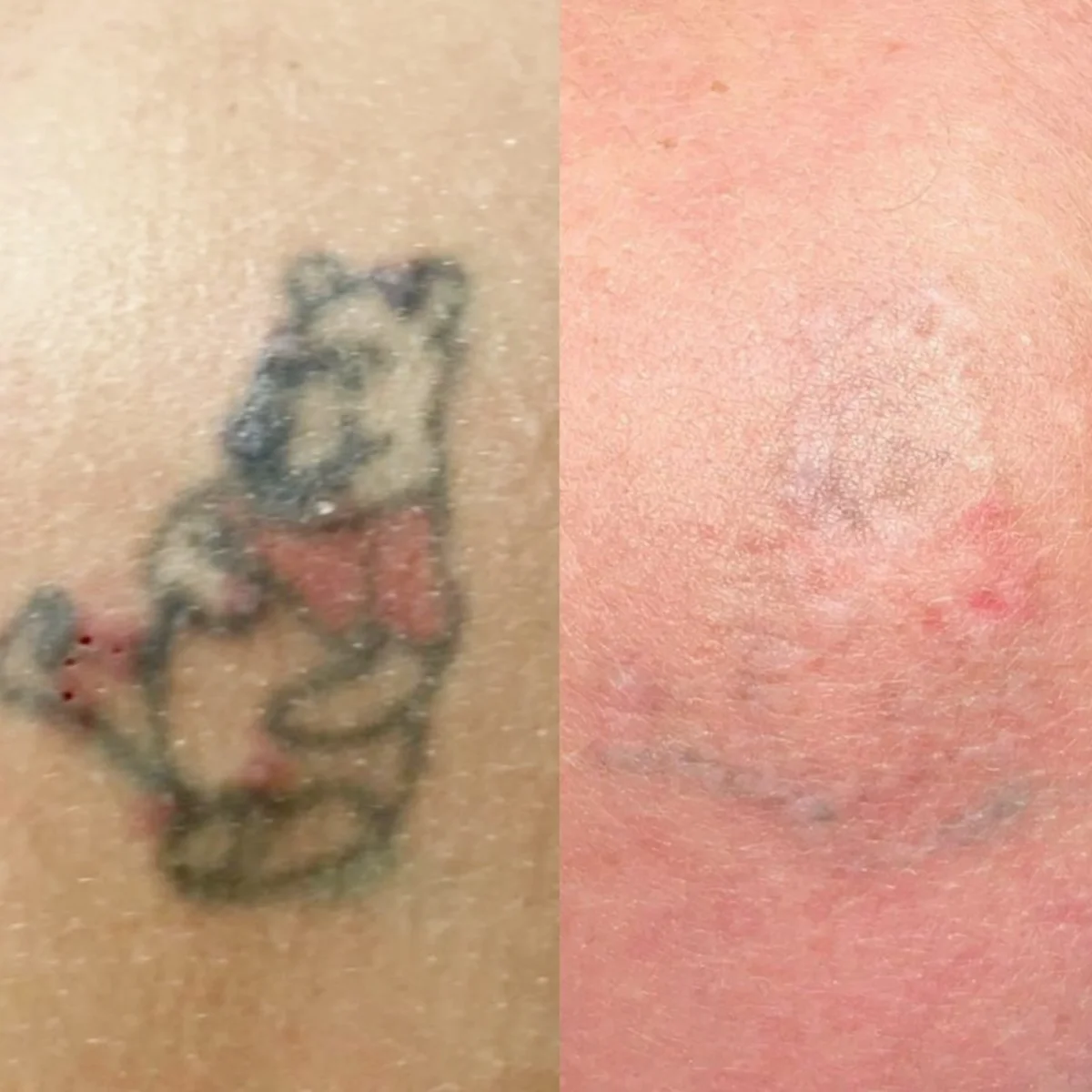There are various methods for removing unwanted tattoos, including laser surgery, surgical removal, saline removal and dermabrasion.

Tattoo ink is positioned below the outer layer of skin, making tattoo removal a more intricate and costly process than getting the tattoo initially.
Tattoo removal methods compared
When considering tattoo removal Melbourne, deciding the best option for you can be overwhelming. The two main types of tattoo removal are laser and saline removal, each with its differences.
Consult a dermatologist for professional tattoo removal options, as home remedies may not be effective and could cause skin irritation or other adverse reactions.
What is saline removal?
Saline tattoo removal Melbourne involves injecting a saline solution into the skin. A tattoo machine punctures the skin to open it up. The main ingredient is Sodium Chloride (salt). Osmosis is induced to draw out ink particles. The skin will scab over and heal, and the ink will be lifted away. Each treatment makes the tattoo lighter. Typically, it takes 2-3 sessions to see fading and 8-10 for good results. This method is commonly used for semi-permanent makeup correction.
Advantages of saline tattoo removal
- Suitable for all skin types.
- Low risk of hyper/hypopigmentation
- Lower price point
- Convenient for smaller tattoos
Considerations regarding saline tattoo removal.
- The recommended recovery time between sessions is 8-10 weeks.
- Increased risk of infection may result from open skin.
- It can be challenging to remove and completely lighten darker colours.
- This product is best for removing semi-permanent makeup, such as cosmetic tattoos.
What is laser tattoo removal?
Q-switched lasers produce a high-powered beam of laser light in a very short pulse. This energy is absorbed by the tattoo ink, causing it to shatter into tiny particles. Our immune system then helps to remove and disperse the ink. The process works for months after the treatment, leading to practical results.
Dermatologists consider Q-Switched lasers the most effective, safe, and reliable method for tattoo removal.
Typically, it takes 8-10 sessions spaced 6-8 weeks apart to achieve complete removal.
Advantages of laser tattoo removal
- The process is highly effective with minimal risk of infection.
- Suitable for tattoos of all sizes and colours.
- Quick treatment time
- Can achieve full removal

Disadvantages of laser tattoo removal.
- Can be expensive
- There is a slight possibility of hypopigmentation in darker skin types.
- Some areas may be uncomfortable.
In summary, there are advantages and disadvantages to both methods of tattoo removal. Proper aftercare is essential after each treatment to avoid any issues. Saline may be suitable for fading semi-permanent makeup or light-coloured small tattoos, especially if you have a limited budget. On the other hand, laser tattoo removal may be more effective for larger tattoos with darker colours or if you are seeking complete removal or fading.
For optimal results in aesthetic treatments, it is recommended to conduct thorough research and consult with a tattoo removal specialist before undergoing any procedure.

